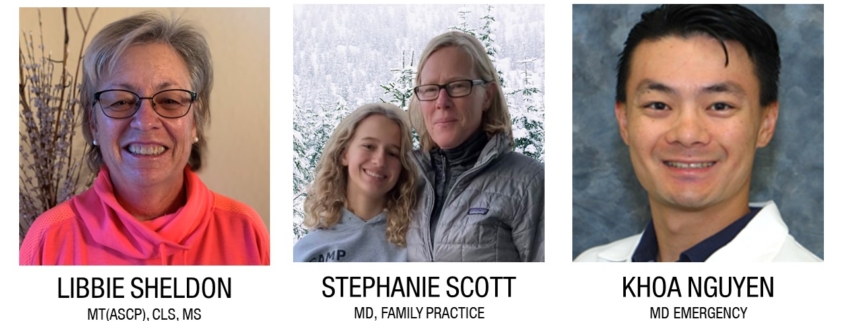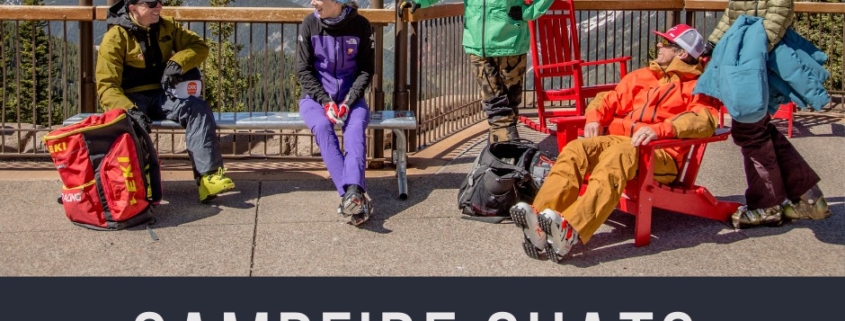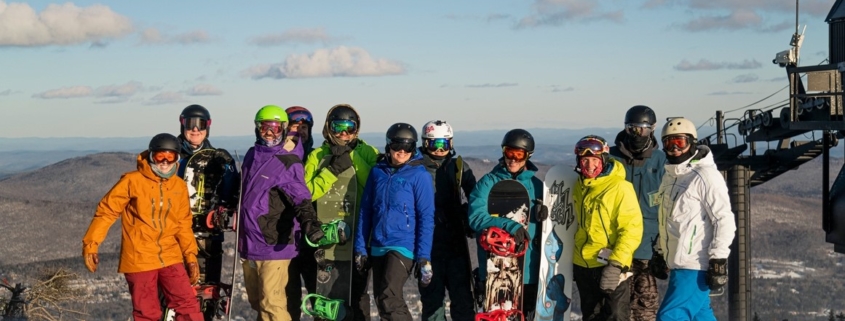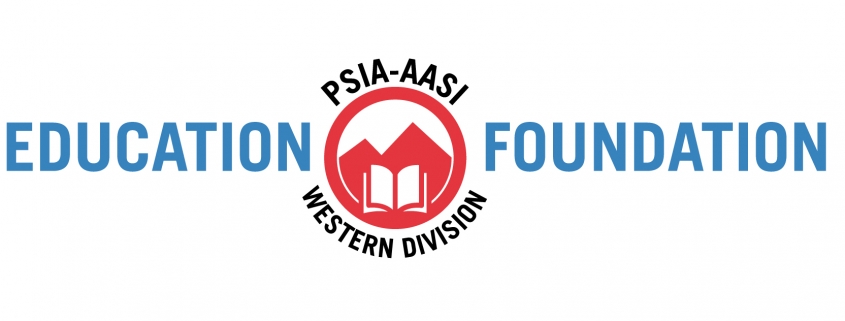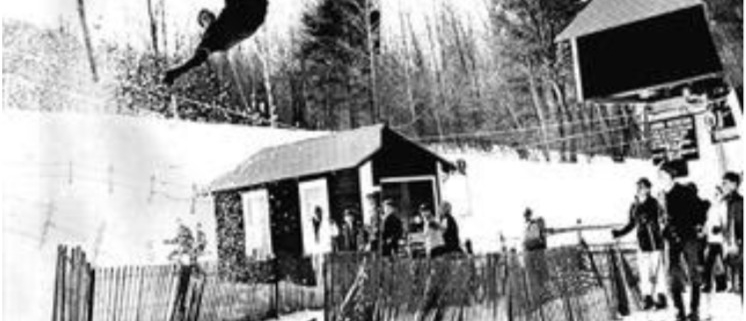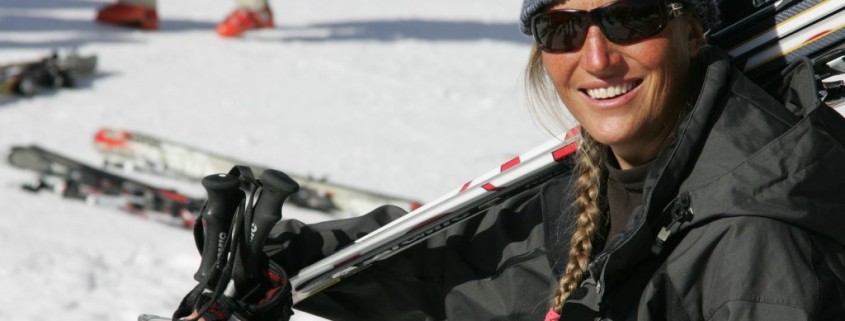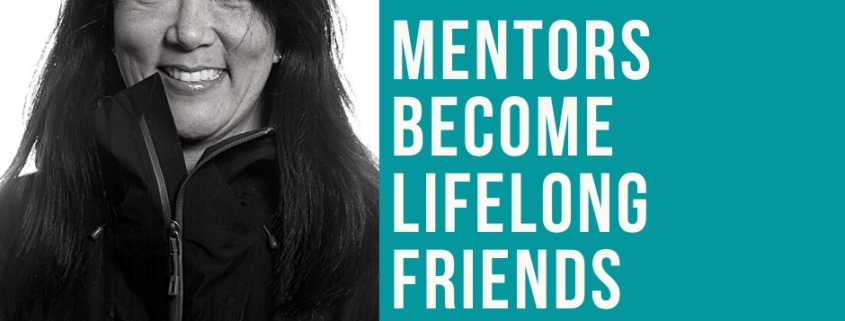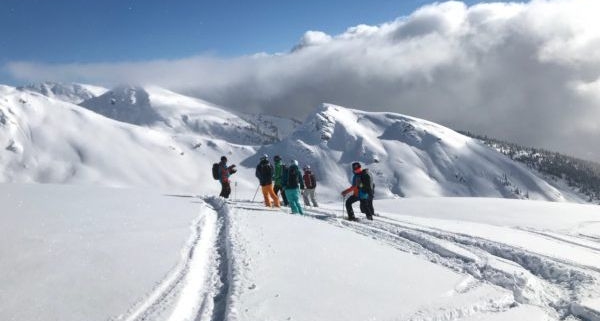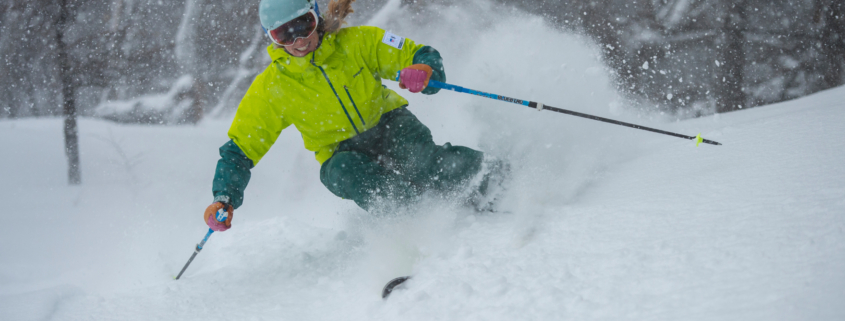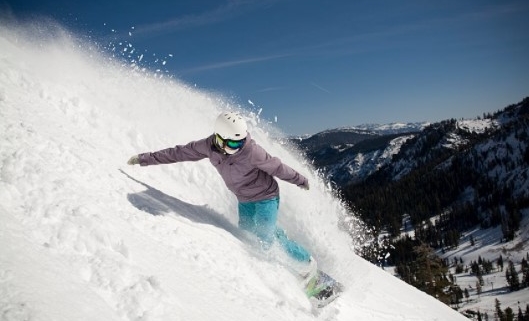Campfire Chats
/in Adaptive, Alpine, Children's, Featured, Freestyle, News, Nordic, Seniors, Snowboard /by Kristi JDecember Edge Newsletter
/in Adaptive, Alpine, Children's, Ed Fund, Edge, Featured, Freestyle, News, Nordic, Seniors, Snowboard /by Kristi JHappy Holidays from the Ed Foundation
/in Adaptive, Alpine, Children's, Ed Fund, Featured, Freestyle, News, Nordic, Seniors, Snowboard /by Kristi JFaces of PSIA-AASI W
/in Adaptive, Alpine, Children's, Ed Fund, Featured, Freestyle, News, Nordic, Seniors, Snowboard /by Kristi JNovember Edge Newsletter
/in Adaptive, Alpine, Children's, Ed Fund, Edge, Featured, Freestyle, News, Nordic, Seniors, Snowboard /by Kristi JWestern Alpine Movement Analysis Training Tool
/in Alpine, Featured, News /by Kristi JThis program was developed to focus on Movement Analysis (MA). It is specifically designed to address Movement Analysis Exam Criteria for the PSIA-AASI Western Division Alpine Discipline.
This MA Program addresses how students move. It talks about how to identify cause-and-effect relationships between a student’s movements and the action of their skis as well as prescription for change, and the effect that equipment may have on performance.
However, please remember that this is but one element of snowsports instruction. To teach a complete lesson, an instructor should not just focus on MA, but also assess all aspects of a student from learning styles, emotional and physical states, confidence levels, and their engagement with the lesson and the instructor. When used together, the instructor can formulate a lesson plan that is customized to their students for a purposeful, meaningful and personal exploration of skiing.
MOVEMENT ANALYSIS:
The National Standards for PSIA regarding Movement Analysis have three common assessment activities when looking to assess competency for PSIA Certification Levels 1-3:
- Observe: articulate (describe) accurate ski and body performances through at least one phase of the turn
- Evaluate: articulate accurate cause and effect relationships using one or more skiing fundamental
- Prescribe: create a pathway for improvement using one or more skiing fundamental
All 3 Cert levels use the following assessment criteria in graduated complexity:
- Accurately describe performances using the 5 fundamentals
- Link ski and body performances to describe cause and effect relationships
- Evaluate performance (real) against a more ideal model
- Prescribe a specific change to one or more fundamental using DIRT
- Relate how equipment choice affects skiing outcome
When developing a process to meet the criteria, the Alpine Technical Manual sites all systems should have three elements in common: observation, evaluation, and prescription. The observer should consider the following:
Observe: what, when and how does it happen?
- Turn shape and size. Skis relationship (parallel, converging etc.), symmetry from one turn to the next, is speed consistent?
- Whole vs Part: do you focus on the skier’s whole image? Or is the focus on a specific body part or specific phase of turn?
- What part(s) of the turn: initiation, shaping or finish
- Ski: Does it slip or grip, where is the spray? Do the skis move in a simultaneous way? What tracks are left on the snow?
- Body: Pressure fore or aft? Ski to ski pressure? How are joints flexed?
- DIRT: Where is the direction of the movements?
Evaluate: why is it happening?
- Cause and effect relationships; the body (cause) makes the ski do (effect)
- Focus on the cause
- Real vs Ideal: compare the skier’s performance to the desired outcome
- Prioritize what change (fundamental) will have the greatest impact.
Prescribe: prescription for changing the students’ performance.
- State an outcome using the fundamental focus prioritized in the evaluation phase
- Understand and describe how cause and effect links to stated outcome
- Create learning opportunities (progression, drill, or exercise) that are specific to stated outcome
- Understand the difference between instruction and feedback
- Give feedback that is clearly tied to the observation, evaluation and relevant to the stated outcome
DEFINITIONS:
The following descriptions and definitions will help with a common language for MA.
Ski Performance: includes the skis action, location (phase of the turn), relationship of the skis to each other and will include equipment variations
Body Performance: includes Rotational Control mechanics, Edge Control movements, Pressure Control movements, the location of said movements and the DIRT of the movements
Cause and Effect Relationships: “the body moves this way, and causes the ski to do this..” Evaluation of the cause or origin of an action, and its resulting effect or result. The observer must consider the intent of the skier, including his/her understanding. Equipment and mechanics are related factors.
Real vs Ideal: the instructor compares the students’ performance (real) to an optimal performance (ideal) for a given task, condition, intent, or mechanic.
DIRT: an acronym standing for Duration, Intensity, Rate and Timing. These are terms that attach value, and therefore description, to movements being observed.
Duration: Length of time the movement exists
Intensity: Power given to the movement. Amount, magnitude, or quantity.
Rate: The speed in which a movement occurs.
Timing: When the movement occurs. Could be in relation to another event.
Also, the direction of the movement relative to the slope should be considered.
Turn Size: short, medium, or long. Turn size is often defined by a corridor of a certain measurement. The skis side cut may be a factor.
Turn Shape: what path the ski takes. Often in conjunction with looking whether the skier is using braking or shaping to control speed. Common descriptions include C, J or Z shaped turns.
Drill: a task or exercise used to enforce a desired performance or retain knowledge
Exercise: situations and tasks to help break down and isolate certain movements and skills for development. Often combined into a progression.
Progression: a sequence of acts, movements, or events that increase in difficulty and are designed to meet a goal or outcome.
Instruction: prescriptive language that is directed towards improvement on agreed goal or outcome.
Feedback: clear information given to help clarify if a desired result was achieved
Understanding the Body Performance and Ski Performance as they relate to the fundamentals:
Note: While it is important to make improvements or refine an individual skill/fundamental, it is critical to effectively blend these together for various tasks, conditions, steepness etc. For example, short radius vs long radius turns, powder vs hard packed, groomed vs un-groomed and flatter vs steeper terrain.
October Edge Newsletter
/in Adaptive, Alpine, Children's, Ed Fund, Edge, Featured, Freestyle, News, Nordic, Seniors, Snowboard /by Kristi JCONTACT US
 PSIA-AASI Western Division
PSIA-AASI Western Division(303) 987-9390
memberservices@thesnowpros.org
Mailing Address:
P.O. Box 969
Truckee, CA 96160

